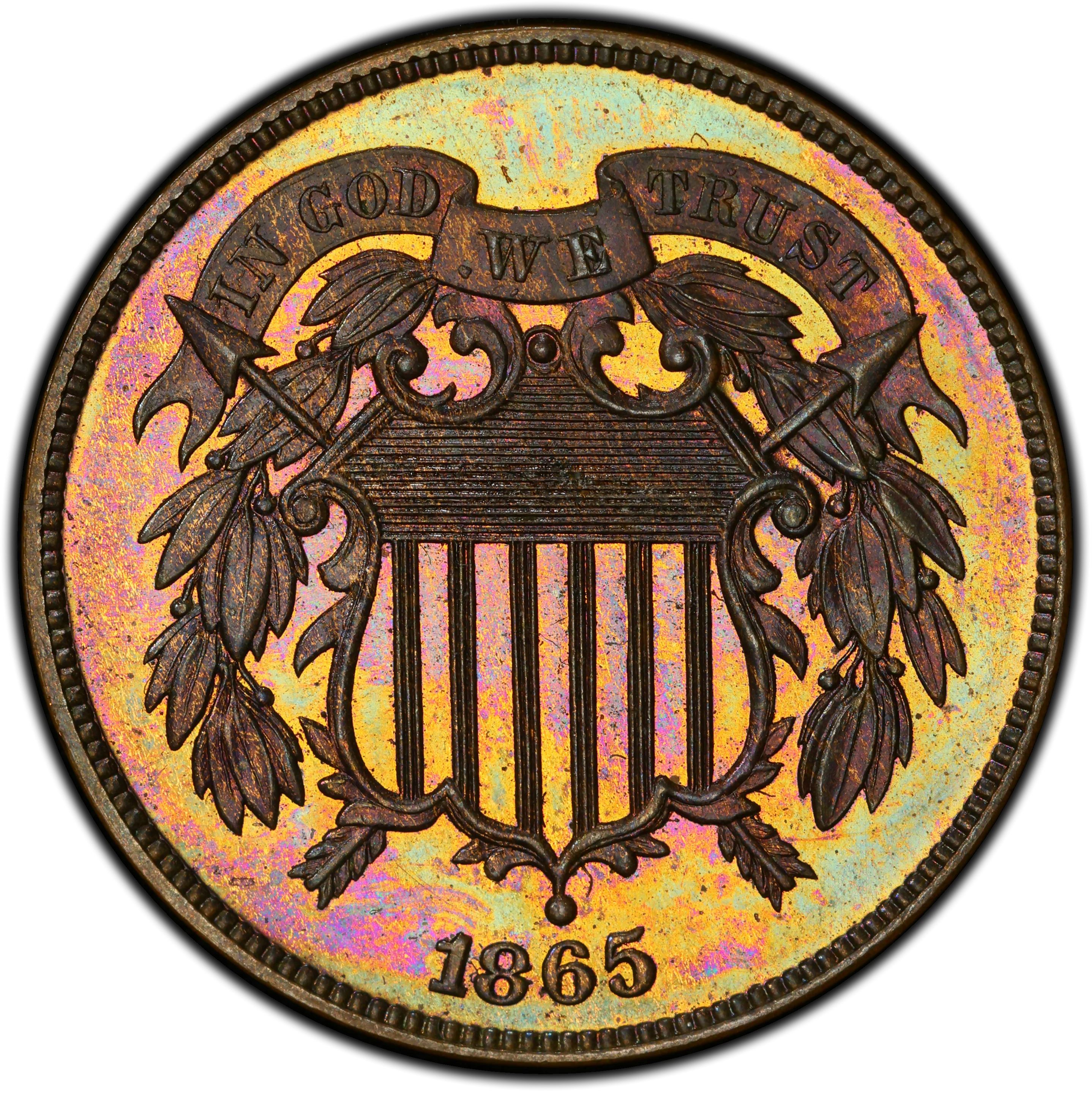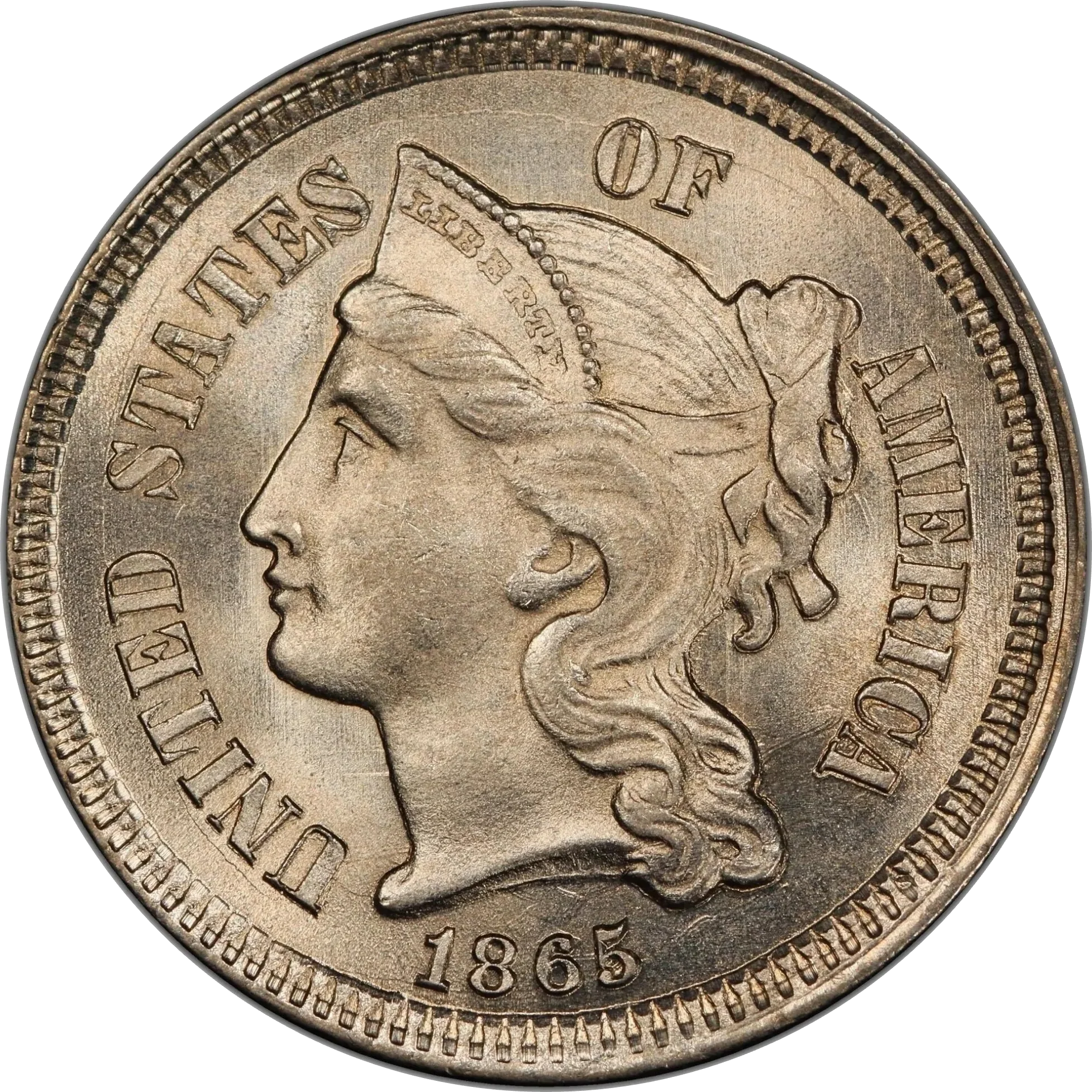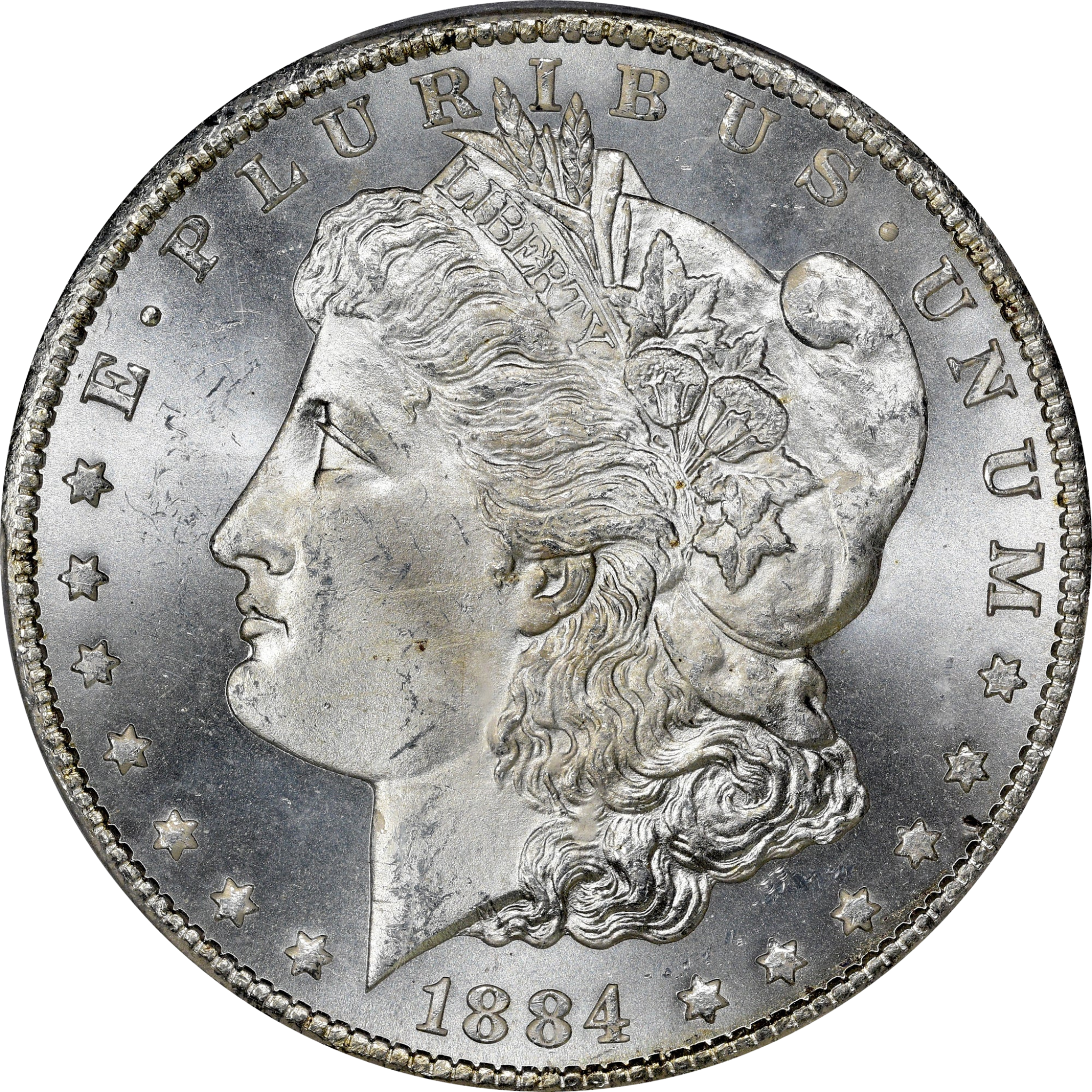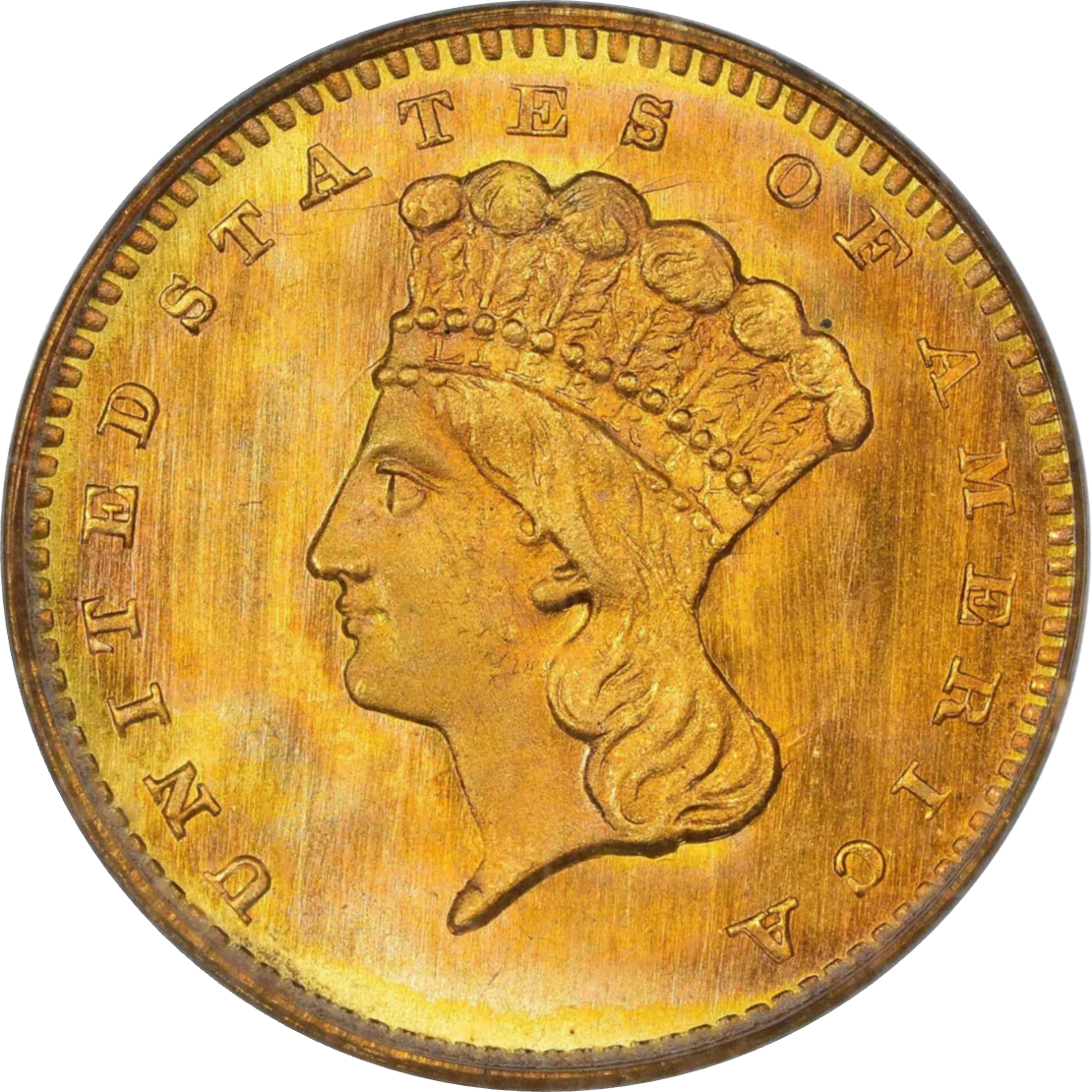Collection: Type 2, Capped Bust, Small Bust, Large Diameter (1813-1829)
-
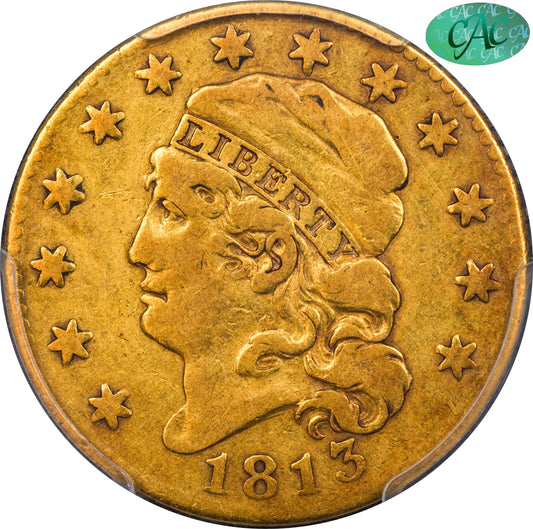
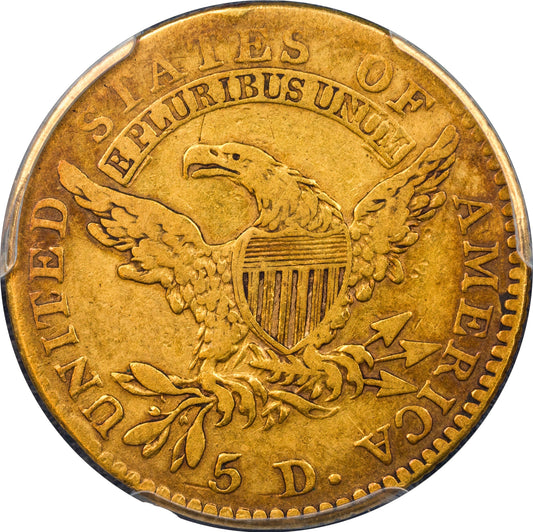
1813 $5 VF20 PCGS CAC
Regular price $9,500.00Regular priceUnit price / per
The Capped Head Left Half Eagle, introduced in 1813 by Assistant Engraver John Reich, represented a refined evolution in early U.S. gold coin design. The obverse underwent notable changes from the previous Large Capped Bust style—Liberty’s bust was modified to eliminate the exposed neckline, her head was ... Read More
The Capped Head Left Half Eagle, introduced in 1813 by Assistant Engraver John Reich, represented a refined evolution in early U.S. gold coin design. The obverse underwent notable changes from the previous Large Capped Bust style—Liberty’s bust was modified to eliminate the exposed neckline, her head was enlarged, and the cap reshaped, presenting a more compact and balanced portrait. On the reverse, the eagle retained its naturalistic form, though subtle refinements were made to the wing structure and arrow placement.
This type was struck from 1813 through 1834, though an important distinction must be made in 1829. That year, the Mint adopted a “close collar” striking method, replacing the earlier “open collar” technology. This transition standardized coin diameters and introduced sharper borders and uniform reeding. As such, pre-1829 issues are recognized as “Large Diameter,” while those from 1829 onward are known as “Small Diameter” types—a critical classification in early gold coin collecting.
Despite modest original mintages and significant melting due to fluctuating gold values, the series boasts several numismatic rarities. Key dates include the elusive 1815, struck from a mintage of just 635 pieces, and the legendary 1822, with only three known examples, making it one of the most coveted coins in American numismatics. Most surviving specimens are seen in circulated grades, yet a surprising number of Mint State examples exist, likely saved by contemporary collectors or acquired as presentation pieces.
According to PCGS population data (as of May 2011), out of 659 certified examples from the Small Diameter subtype (1829–1834), over 60% are in Mint State—a remarkable survival rate for early 19th-century gold. Original, uncleaned pieces with attractive luster and fully struck details are especially sought after and command significant premiums. A few exceptional Proofs are also known, though they are exceedingly rare and display varying levels of reflectivity and strike sharpness, with some being true presentation pieces and others showing partial prooflike qualities.
For collectors assembling a U.S. gold type set, the Capped Head Left Half Eagle offers both a challenge and an opportunity. Common dates such as 1813 or 1834 can be found in AU and low-end Mint State grades, but original, problem-free coins with premium eye appeal remain scarce. Keywords: Capped Head Half Eagle, 1813–1834 $5 gold, early U.S. gold coins, John Reich, PCGS certified, rare gold coins, U.S. gold type set, Liberty Head Half Eagle, pre-1834 gold coin, ParadimeCoins.com.
... Read Less


